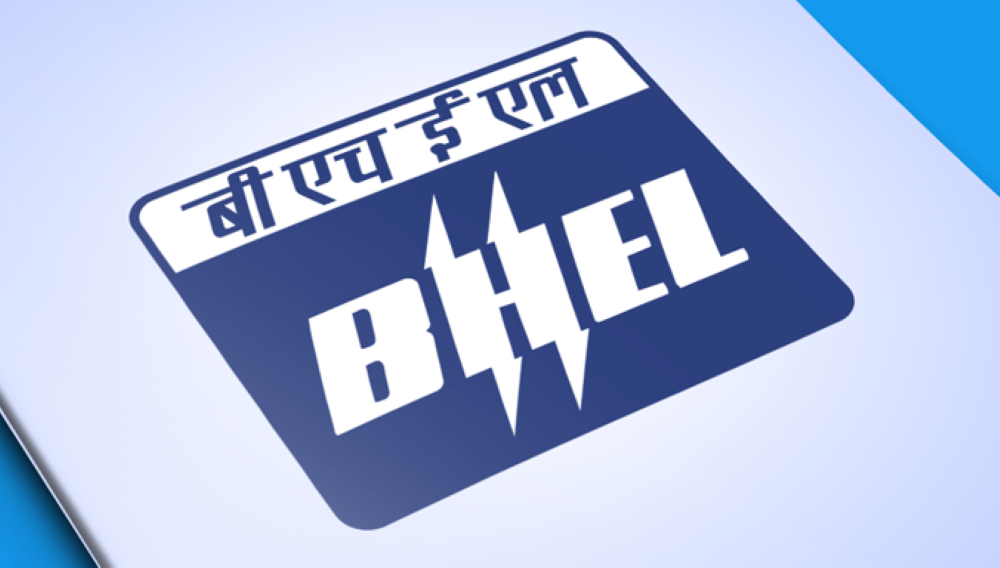

Bharat Heavy Electricals Limited (BHEL) has entered into a Technology Transfer Agreement (TTA) with the Bhabha Atomic Research Centre (BARC), Mumbai, in a major move to boost India’s hydrogen production capacity. The partnership centres on the mixed-matrix membrane diaphragm technology, which will be used in electrochemical cell separator applications.

The partnership between BHEL and BARC marks a significant step forward in achieving the goals of the National Green Hydrogen Mission. It underscores BHEL’s dedication to sustainable energy solutions while advancing the Government of India’s ‘Make in India’ initiative. As highlighted by psuconnect.in, this collaboration positions BHEL to play a vital role in India’s transition towards cleaner, self-reliant energy systems.
Hydrogen is gaining traction as a cleaner fuel alternative to fossil fuels in aluminium production, especially in recycling and refining operations. Green hydrogen—produced via electrolysis powered by renewable energy—offers a compelling solution, as it generates only water vapour when burned in furnaces, effectively eliminating carbon emissions from the process.
The newly acquired mixed-matrix membrane diaphragm serves as a more efficient and safer alternative to conventional asbestos-based diaphragms in electrolyser systems. Moreover, it presents a cost-effective replacement for imported Zirfon membranes currently used in water electrolysers. This innovation not only enhances system performance but also reduces reliance on expensive imports.
With this strategic technology acquisition, BHEL takes a significant step toward the complete indigenisation of alkaline electrolyser systems. By integrating BARC’s diaphragm innovation, BHEL will be able to manufacture electrolysers that are fully developed and produced in India, supporting the nation’s self-reliance and clean energy objectives.



Responses






